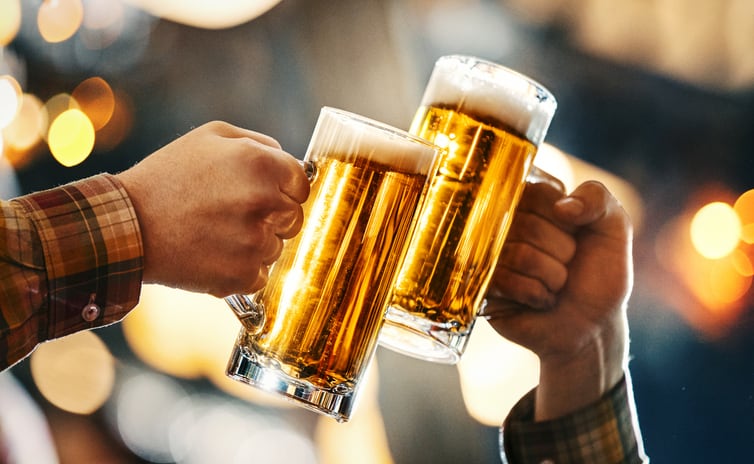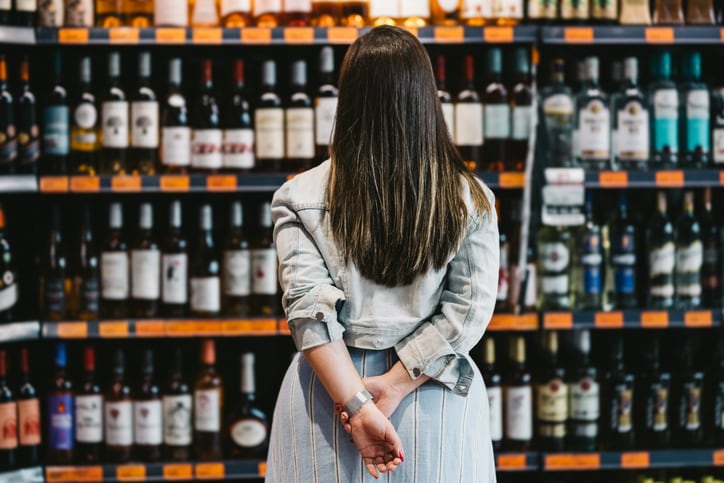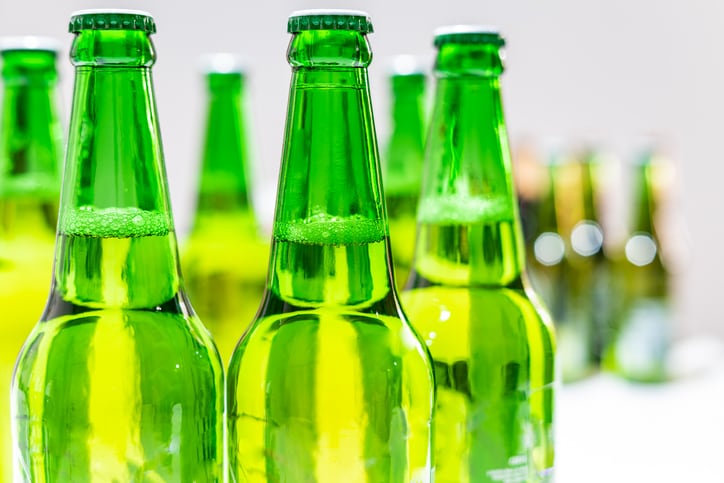Alcohol-free beer now accounts for an incredible 1 in 15 brews sold in Europe. And in some markets, that’s even higher. Spain, a pioneer in alcohol-free brews, now boasts one in seven beers as non-alcoholic.
So how big can the alcohol-free market become - and what are the challenges that stand in the way?
Market potential - and market challenges
People are drinking less and they strive to be healthier, both physically and mentally.
And alcohol-free beer is leading the charge when it comes to the boom in alcohol-free.
Globally, non-alcoholic beer is predicted to grow at around 7% volume CAGR 2024-2028.
But there are still challenges for the category.
Heineken recently conducted a survey looking at what holds the alcohol-free category back.
The study (which encompassed 12,000 adults across the UK, US, Spain, Japan and Brazil) found some of the traditional challenges for the category remain.
The first is availability: while products are more attainable, it remains hard for consumers to find an alcohol-free brew they want, when and where they want it.
So getting more products on shelves and in bars is crucial for the category.
The second is that stereotypes from decades ago continue to weigh on the category. The answer is to get people to reassess the segment. “We have a job to do to get beer in hands, because we know that once we get consumers to try one, we convince them whole-heartedly,” said Jules Macken, global innovation lead at Heineken, which has helped drive the category forward globally worldwide with Heineken 0.0.
And the third is that social stigma does remain. “People still assume that that if you’re drinking 0.0 there must be a reason. That concern you’re going to be judged, questioned: are you driving, are you pregnant, are you on medication... this constant need to justify your choice.”
Could alcohol-free beer sales ever overtake alcohol beer sales?
It feels like the sky’s the limit for alcohol-free beer. Could the category even challenge alcohol beer sales?
This feels unlikely to experts.
For a start, alcohol-free beer currently accounts for around 4% of the market in Europe (That’s very strong compared to other regions where it’s around 1%).
But 4% is still a very small proportion of the total beer market.
Secondly, alcoholic beer in itself is already a drink well-suited to moderation: typically coming in at the 3-5% - 5% ABV region compared to wine at around 12% ABV and spirits at 40% ABV.
Given that many consumers are about moderation (and not abstaining entirely), beer’s relatively low ABV already makes it an attractive choice to today’s drinkers.
The key for today’s brewers is to offer a beer for every occasion, says Eduardo Olmedo Samperio of Spanish association Cerveceros de España.
“There is a beer for every moment. We have the best from both worlds. Non-alcoholic beer, in my opinion, will continue growing. But traditional beer will be the leader of moderation as a low ABV, fermented beverage.
“Non-alcoholic beer will grow a lot because of quality and consumers, but I don’t think it will overpass the traditional beer.”
That’s a view shared by Jules Macken of Heineken.
“Beer is a natural brewed beverage than consumers have loved for centuries. We need to evolve with consumers’ tastes. But I don’t envision a day where non-alcoholic overtakes,” she said.



